Using a new technique, scientists created genetic blueprints for kangaroos, penguins, sharks and more.
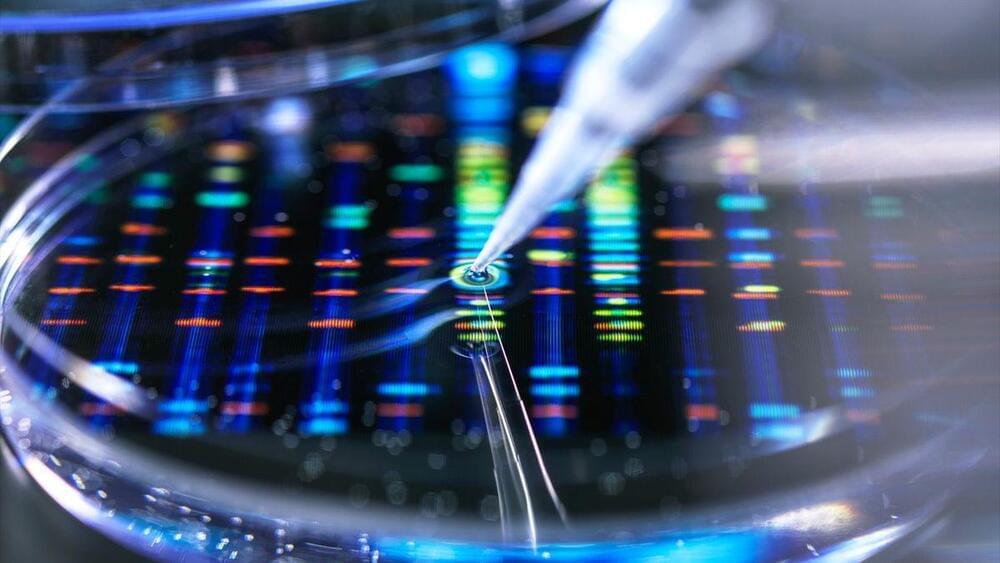

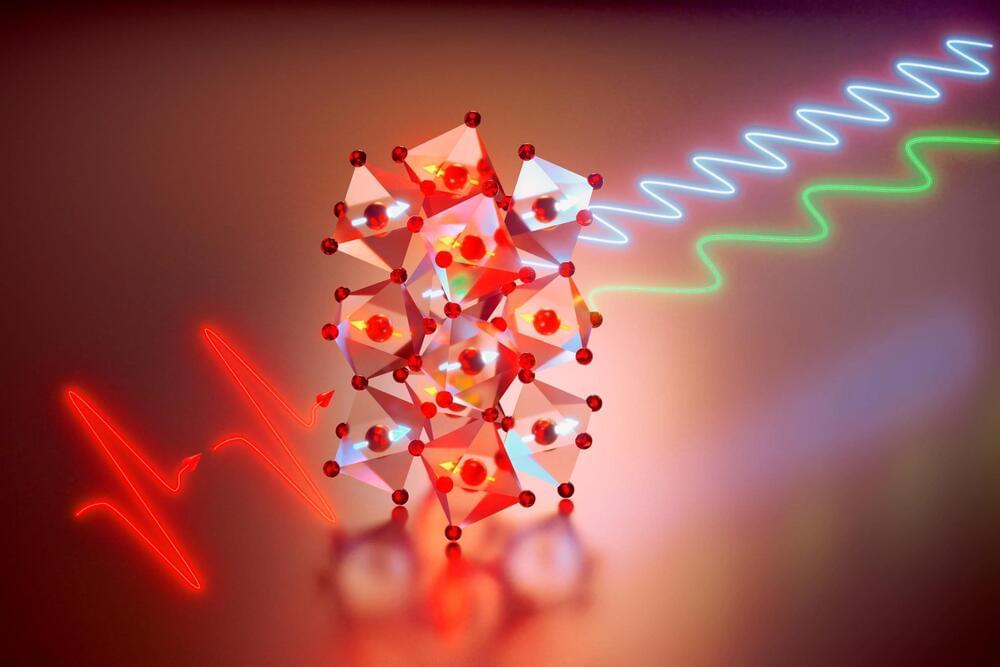
New ultrafast method for controlling magnetic materials might enable next-generation information processing technologies.
As demands for computing resources continue to increase rapidly, scientists and engineers are looking for ways to build faster systems for processing information. One possible solution is to use patterns of electron spins, called spin waves, to transfer and process information much more rapidly than in conventional computers. So far, a major challenge has been in manipulating these ultrafast spin waves to do useful work.
Breakthrough in Spin Wave Manipulation.
It started as a big old ball of dust, so how did it end up like a giant pancake? Our resident physicist tells the true story using fake forces.

Ergot is the spore form of the fungus Claviceps purpurea. Ergot alkaloids are indole compounds that are biosynthetically derived from L-tryptophan and represent the largest group of fungal nitrogen metabolites found in nature. The common part of ergot alkaloids is lysergic acid. This review shows the importance of lysergic acid as a representative of ergot alkaloids. The subject of ergot and its alkaloids is presented, with a particular focus on lysergic acid. All methods of total lysergic acid synthesis—through Woodward, Hendrickson, and Szantay intermediates and Heck coupling methods—are presented. The topic of biosynthesis is also discussed.
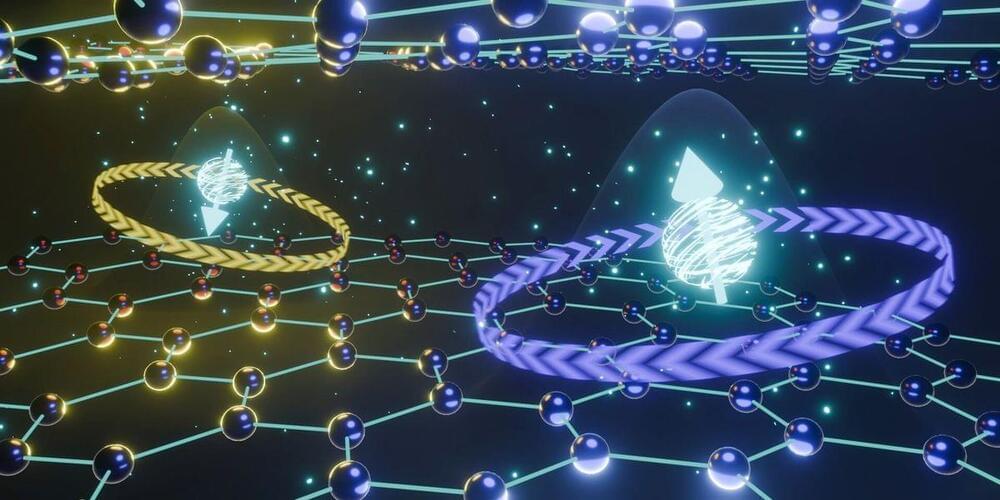

The need to quash outbreaks, quickly create medicines, stress-proof crops and fend off other 21st century threats is providing a lucrative arena for biotech companies to sell their services.
Why it matters: But the infrastructure to support such ambitions is increasingly recognized by the U.S., China and other countries as a linchpin of national security and economic strategy, putting it at the center of geopolitics.
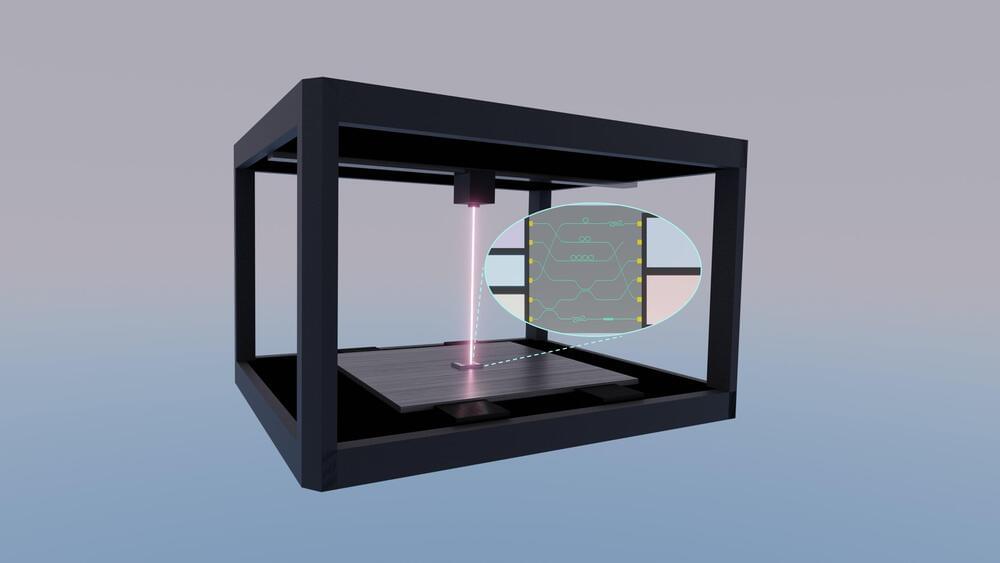
Photonic integrated circuits are an important next-wave technology. These sophisticated microchips hold the potential to substantially decrease costs and increase speed and efficiency for electronic devices across a wide range of application areas, including automotive technology, communications, health care, data storage, and computing for artificial intelligence.
Photonic circuits use photons, fundamental particles of light, to move, store, and access information in much the same way that conventional electronic circuits use electrons for this purpose. Photonic chips are already in use today in advanced fiber-optic communication systems, and they are being developed for implementation in a broad spectrum of near-future technologies, including light detection and ranging, or LiDAR, for autonomous vehicles; light-based sensors for medical devices; 5G and 6G communication networks; and optical and quantum computing.
Given the broad range of existing and future uses for photonic integrated circuits, access to equipment that can fabricate chip designs for study, research and industrial applications is also important. However, today’s nanofabrication facilities cost millions of dollars to construct and are well beyond the reach of many colleges, universities, and research labs.

The lack of representation of Asians in the genome can cause “large deviations” when diagnosing or treating patients, and could affect the development of targeted drugs, he said.
To address the gap, in 2020 Gao and his research team set out to construct a reference of the Chinese genome, particularly of the Han ethnicity, the largest ethnic group in the world.
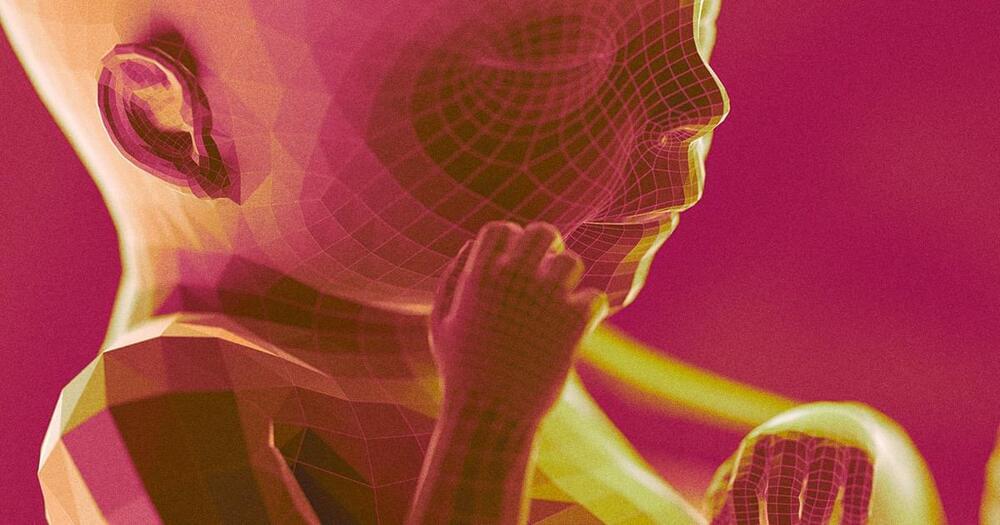

One Za’abeel’s Link is attempting to win the Guinness World Record title for the Longest Cantilevered Building.’
Dubai, the land of rapid development and an ever-evolving skyline is set to add yet another gem to its landscape.
Dubai’s newest skyscraper is the One Za’abeel, a project with the world’s longest cantilever, offering opulent urban resorts and a fitness hotel.